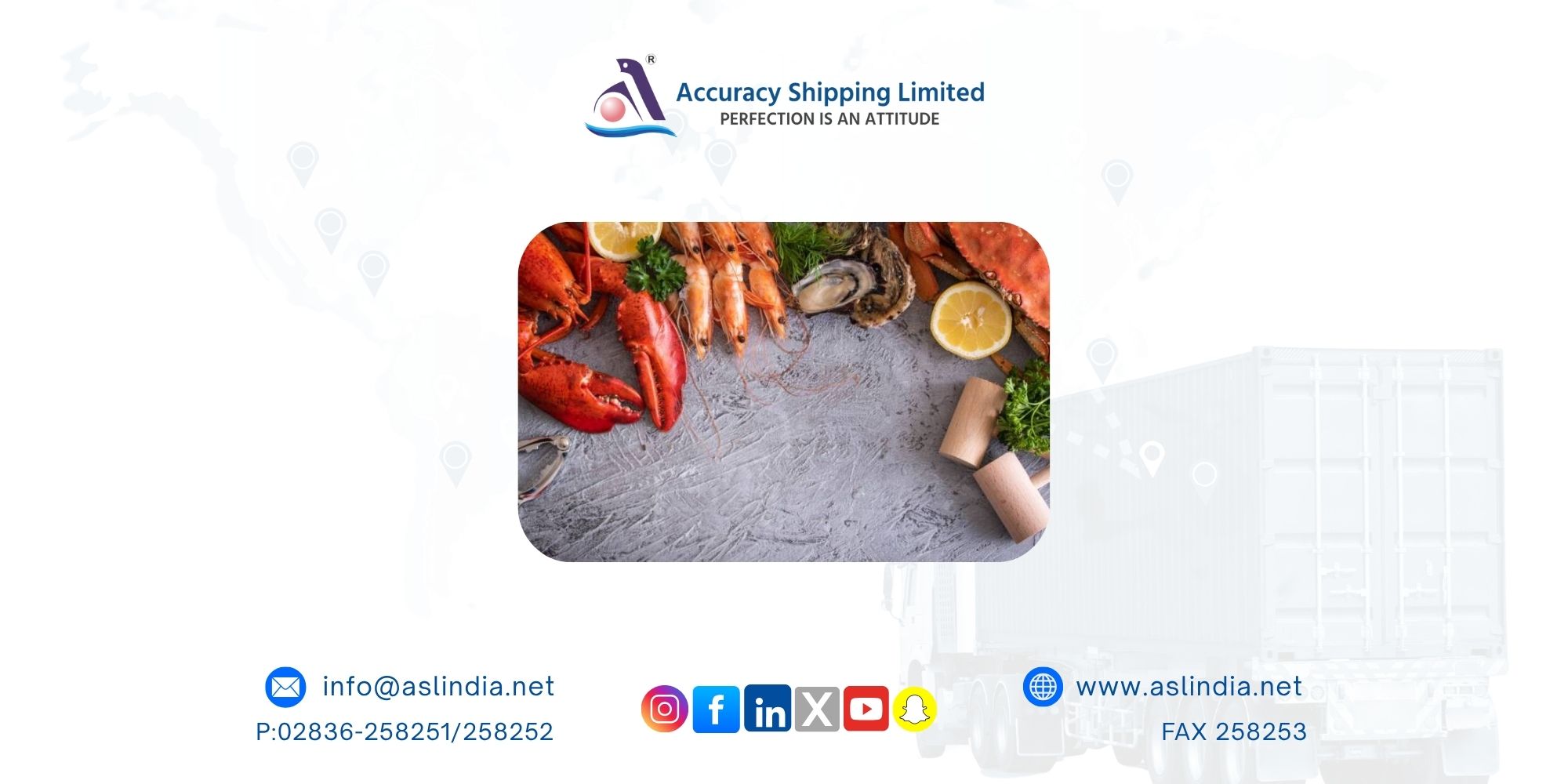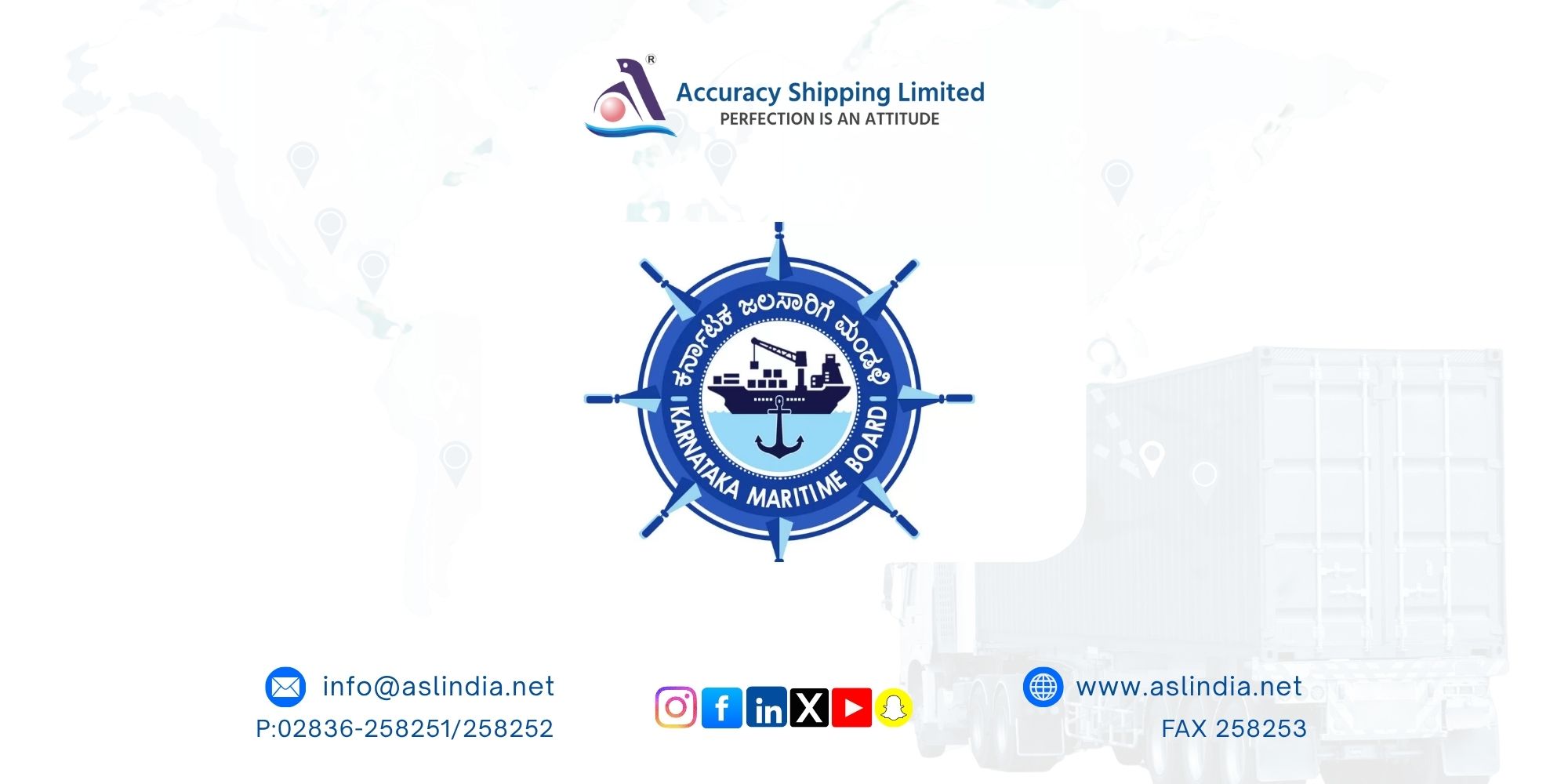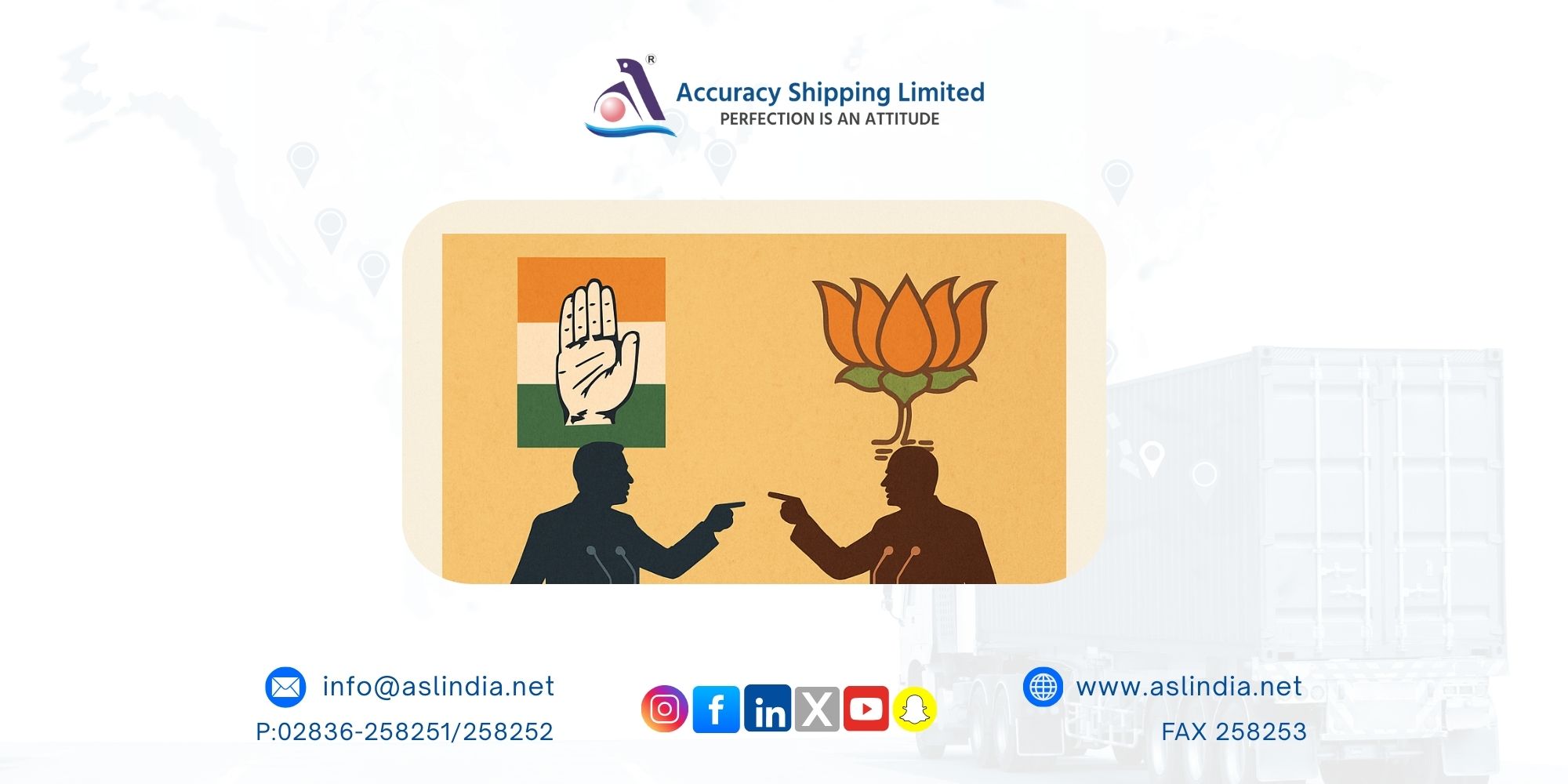A 25% tariff imposed by Trump is expected to impact seafood exports from Andhra Pradesh

The seafood industry in Andhra Pradesh, a vital backbone of India’s aquaculture economy, is now staring down a crisis. With U.S. President Donald Trump announcing a steep 25% tariff on Indian exports, the aquaculture sector already grappling with market volatility is expected to be severely impacted. The revised tariffs, which include a 25% tariff, 5.77% countervailing duty, and 3.96% anti-dumping duty, will collectively impose a crushing 35% trade cost on seafood exports to the United States starting August 7.
Ripple Effect on Andhra’s Aquaculture Ecosystem
Andhra Pradesh’s aquaculture sector supports around 6.5 lakh farmers who cultivate shrimp, crabs, and fish over 5.7 lakh acres. Beyond the farms, nearly 50 lakh people are employed in various associated industries such as hatcheries, processing units, ice factories, and cold storage facilities.
The new tariff is expected to throw this intricate ecosystem off balance. The Seafood Exporters Association of India (SEAI) warns of significant financial strain, especially on shrimp farmers who heavily depend on U.S. markets. Many are now reconsidering their next harvest cycle some even announcing "crop holidays" to avoid losses.
Global Impact with Local Consequences
In the 2023–24 financial year, India exported 17,81,602 metric tonnes of seafood worth $7.38 billion (₹60,523.89 crore). Andhra Pradesh alone contributed nearly ₹19,428 crore to this export value, marking a 9.52% CAGR. However, with the U.S. accounting for 34.53% of India’s seafood exports, the new tariffs are a direct threat to this upward trend.
Other major importers like China, Thailand, Vietnam, and Japan follow, but none match the scale and consistency of the U.S. market.
Voices from the Ground
“We are not in a position to continue aquaculture by paying a 35% tariff to the U.S., which is the major importer of our produce,” says A. Veerraju, an aquaculture farmer from Kaikalur in Eluru district. His concern is shared by thousands of others who feel cornered by shrinking international prices and rising export costs.
The situation isn’t new. The sector was already reeling from a 26% reciprocal tariff introduced by the U.S. in April. Now, the additional burden may just push small and medium farmers over the edge.
Government Steps In
In response to the crisis, APSADA Vice-Chairman Anam Venkata Ramana Reddy has assured that the State government is making concerted efforts to protect the interests of aquaculture farmers. However, exporters and producers are urging the Central government to step in, possibly through diplomatic negotiations or financial support, to avoid long-term damage to the industry.
Conclusion: A Sector at Crossroads
The 25% tariff imposed by the Trump administration threatens to derail one of India’s most successful export sectors. For Andhra Pradesh’s aquaculture industry, the timing couldn’t be worse. Unless swift intervention comes from both state and central governments, the impact will be felt not just in trade statistics, but in the livelihoods of millions who depend on aquaculture for survival.







